Featuring; Dermot Synnott (DS) and John Cockayne (JC
Dermot Synnott is the Founder & CEO of Destination Golf Media Ltd; www.destinationgolf.travel – a global award winning publishing company, recognised throughout the golf industry for its dynamic approach to digital golf marketing and golf travel publishing.
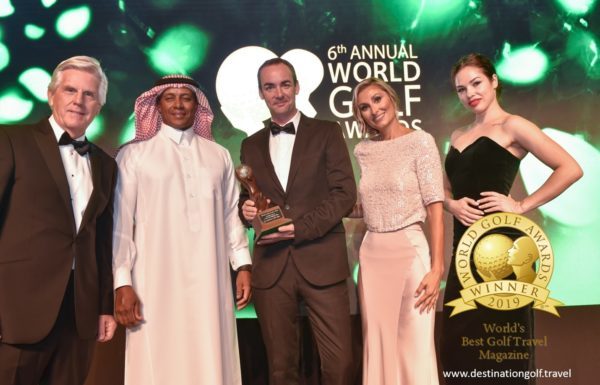
Specialising in golf travel titles with key strategic marketing teams around the world, Destination Golf’s development has been fuelled by the support of its 21 official ambassadors, over 72 global partners and with the recent launch of its 26 multi-lingual websites which reaches over 500,000 travelling golfers.
Destination Golf is a member and media partner of IAGTO, World Golf Awards, World Luxury Hotel Awards and more.
Dermot spends many days each year in the air travelling to the key golf destinations, travel shows and trade fairs to support its partner golf clubs, golf resorts and tourist boards. This in turn helps to promote their golf destinations to Destination Golf’s B2B and B2C audiences around the globe.
When he is not travelling at 36,000 feet, Dermot is based in the Republic of Ireland. He is married with two children and is a keen golfer who plays off scratch.
John Cockayne (JC): Congratulations again to both you and Mark Siegel for the recent ‘best of’ accolades your companies received at the World Golf Awards.
Is something like this particularly meaningful and is it an additional reward for all the days and weeks spent in the air, on the road and away from home and family?
Dermot Synnott (DS): Over the past 10 years, I have travelled to all four corners of the globe, attending notable golf events and reviewing golf courses for Destination Golf.
Yes – there have been many hard miles involved, but if you work in golf travel then you must put in the long hours to earn your stripes and forge lasting relationships.
Winning “The World’s Best Golf Travel Magazine 2019” was a fitting end to a very successful decade for the company.
We have gained global recognition, which is a launch pad for unveiling new initiatives like the 26 x multi-lingual websites, which we launched at this year’s World Golf Awards in Abu Dhabi.
JC: One of the challenges facing Southern Africa is that we are a relatively new destination. Although we have a number of clubs approaching, or indeed well past their centenary, the apartheid era effectively closed up the country, especially in the 1980s with the UN blacklists and similar isolationist types of initiatives in various areas including sport.
All of this means that need to get to be ‘known’ all over again – so in South Africa’s case it is a bit like playing a game of snakes and ladders in that we have come off a long downward snake ride and now need to climb back up again using any available ladders!
This is one reason why I am particularly excited about the successful launch of Destination Golf Travel’s Southern Africa and Indian Ocean Isles regional golf guide here in October 2019.
Effective marketing plays a key role in this process, so what is the status with the other markets that you work in with DGT?
DS: The established destinations are performing well, so those mature markets like Spain, Portugal, Ireland, Northern Ireland and Scotland are busy. These countries and regions invest continually in their marketing efforts and will be seen at all the trade shows and travel conventions.
The good news for the newer regions is that with the advent of on-line booking systems and choice of flights, golfers are willing to look around both for price comparisons, specials and new experiences, all of which gives newer destinations such as Italy, France and Turkey a foothold into the market.
JC: DGT’s information partner site in South Africa, GolfVistaSA, has been designed in response to this trend.
It allows the golfer to see the region’s clubs and what accommodation, restaurant and ‘things of interest’ there are in the area of the selected golf clubs.
The prime motivation is to reduce the number of clicks that it often takes to find information and get a feel for a region when planning a vacation.
DS: These types of services are excellent for any golfer preparing for a vacation as they take a lot of guesswork out of the planning, especially when the break might be a family one, so activities for any non-golfers need to be factored in.
Golfers are going to use these types of services more and more as on-line bookings increase their share in the marketplace.
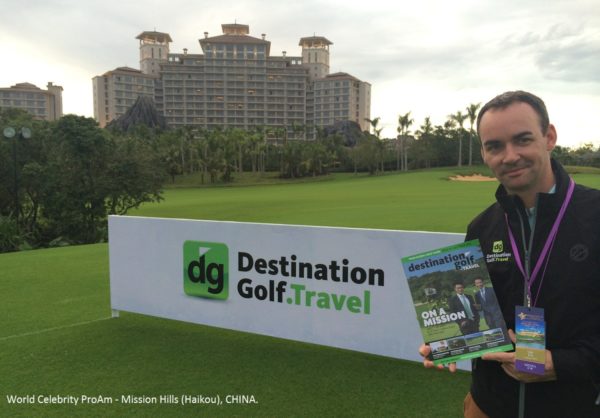
As an example, one golf club in Spain set up its own team to look after booking enquiries. Although that is commonplace in most clubs there, what has happened to the staff ratios related to call types is even more interesting.
At the outset the team of 5 was split up to allow 4 to answer tour operator enquiries and 1 to deal with private / direct bookings.
This ratio has now undergone a 180 degree change in that 4 now deal with individuals and only 1 is dedicated to tour operators. However, tour operators still play a pivotal role but there has been a massive growth in direct bookings, particularly at established destinations.
JC: Helping clients, though my consultancy business, to understand the need to market is an ongoing struggle.
Although more recently I am seeing that these discussions are getting a little easier, even if the mental step to understanding the need for a club to market effectively and consistently is not always translated into direct action!
What support, if any, do you expect the golf clubs in your region?
DS: During our original discussions and when you said you were looking for an effective shop window into the traditional key markets, for your region, in the UK and Europe, this provided a very nice description of one of DGT’s key functions.
Our modus operandi is to develop effective long-term partnerships with both the regions and individual clubs and service providers.
Yes – we produce golf guides and are an on-line publisher, but all of this is merely to facilitate an effective marketing platform.
So in effect DGT needs no support, other than the clubs seeing the need to market their facilities effectively, so our followers can become their fans, with the result that the facilities are investing in their own futures.
JC: One of the perennial struggles here is that too many clubs sit back and wait for the tourism bodies, either at a national or regional level, to market golf.
Mark Siegel commented, in part 2 of this discussion series, that they have the ‘nicest’ possible people working in tourism in his region, but that if he waited for them to do anything for golf he would be old and grey!
Here I am constantly reminding my clients that support often comes to those who help themselves, so if they get something going off their own initiative then the tourism bodies will be sure to help to keep things moving along.
What do you expect from the tourism bodies in your region?
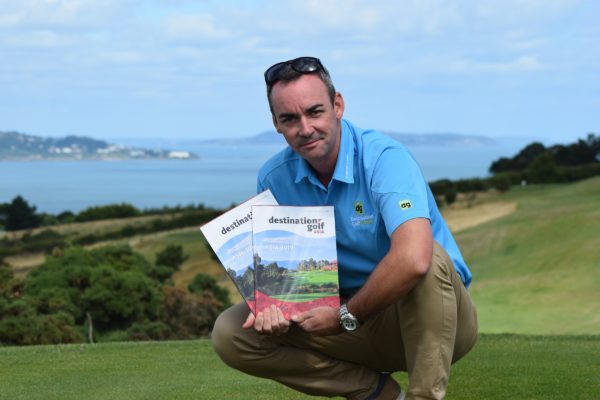
DS: That is a very valid comment and in broad terms I would agree with it; having said that however, the tourism bodies in the primary European golf destinations are, in the main, more proactive.
This is probably because golf tourism is much more developed and has been around for longer so that the benefits can be clearly seen.
That said, many clubs are driving the message forward themselves and often do this by aligning themselves with like-minded clubs.
In Barcelona for example – a group of golf clubs has formed its own golf association (rather like the one you are working on in South Africa) and they now represent themselves as a group which travels to the trade shows and tourism events. They formed the group first, then reached out for investment and support.
As a further example, you could actually say that Catalonia is split into three distinct areas (Girona/ Barcelona/ Costa Daurada), all of which have been very proactive in getting the message out about their destination, so there is even healthy competition within the region.
JC: What are your greatest challenges in terms of logistics and marketing?
DS: Travel so as to keep in touch with DGT’s partners is a key part of what I do, as is attending the major travel shows.
Each client or region has different demands and target markets, so it’s important to meet with them regularly, which takes a huge commitment.
These efforts include making sure that DGT is seen as a publisher not a website and one where the focus is on developing marketing relations with its clients and not just selling advertising.
JC: The marketing element is what attracted me to DGT in terms of this region’s needs.
There is obviously some considerable collateral value in advertising terms, but this is not the main thrust.
I also liked the ongoing dialogue through the blogs and social media platforms; I refer to this as the communications’ connective tissue across the year between the annual publishing of the Guide.
On the subject of marketing and connective tissue – social media has allowed everyone to market themselves and exchange views and comment. Has this been a help or a hindrance to the travel industry?
I ask this question because of the tyranny of the soundbite in which people can vent fairly (and unfairly!) about anything including travel experiences!
DS: Our use of the ‘connective tissue’ is strategic, professional and coordinated.
As you know this is often not the case, so on-line users have to be very careful in how they sift through this type of information using the old caveat – should you believe everything you read?
Users need to consider if the review is a fair one (some are so laughable that they can be dismissed out of hand), was it a ‘plant’ by the venue itself, or is it perhaps disinformation put on line by a rival business, etc!?
I guess we fall into the “happy media” category.
As a communication partner we regularly talk about our clients to recommend and endorse them which is all planned through a digital calendar – that is a hugely important area for us and particularly helpful for clients who are not very active on social media platforms.
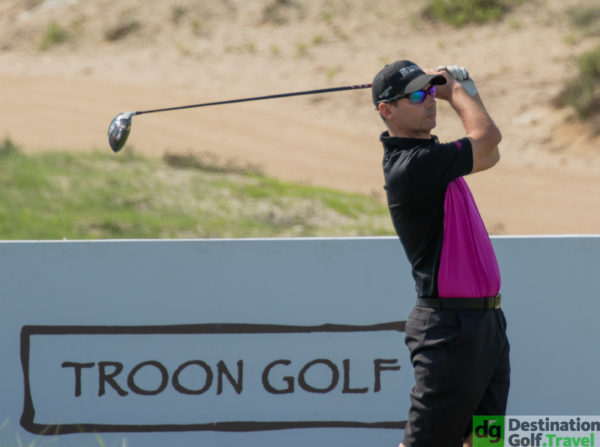
JC: I am always mystified by how an upmarket hotel or venue’s hotel staff can hope to understand the expectations of a 5 star traveller, when the vast majority have no personal experience at this level of travel.
With clients I stress the importance of the need to invest in trained staff using the old cherry: ‘what if we train them and they leave?’ and the response ‘what if we don’t train them and they decide to stay?’
In many instances senior staff, i.e. the venue’s GM, are mostly conspicuous by their absence.
How do you believe venues need to match the hype of the marketing and deal with complaints and match expectations to the reality in terms of the travelling golfer’s actual experience?
DS: From a venue’s perspective they would need to follow social media closely, and also deal with customer complaints on site, promptly and professionally in order to head off criticism and negative commentary.
Escorted tours are a safety net which can be slightly more expensive for the traveller, but they can take a lot of the guesswork out of a trip.
The UK and Europe destinations are very well established, and there are very few new courses coming on-line, so the marketing spend is high.
Staff training, while no substitute for real experience, is critical; for many venues that we deal with their activities reflect a high level of investment in staff and golf staff training.
This is an essential activity if a venue is going to bridge the expectations gap you refer to.
JC: As I commented in the introduction to this discussion series, I have found events to be ‘sticky’, but which work best in the UK and Europe – tours or events?
DS: Both actually! I think there are instances where both work and in Europe you will find PR companies, event companies, ferry companies, airlines and more that are all very active in creating amateur golf events.
For example, Turkish Airlines created an annual Pro-Am in the region to showcase its golf offering, therefore putting people in their seats, plus driving green fee and bed night revenue for the destination.
I agree that properly designed and run events can become sticky and become very effective in creating repeat business.
Putting PR & event companies to the side, the golf clubs themselves have realised this and are creating their own events as an additional ‘hook’ to attract visitors and sponsors.
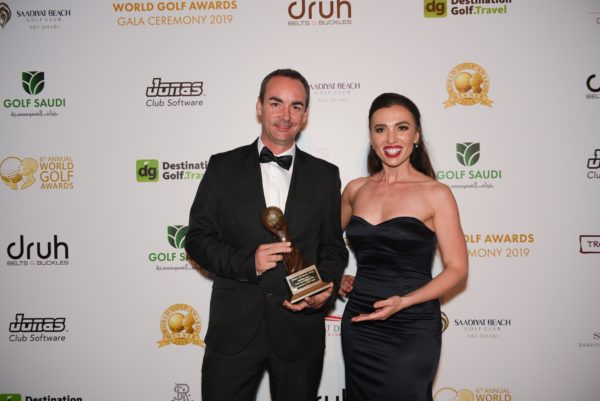
Golf tours are still effective as they can provide an introduction for a golfer to a region. Most are scheduled out of peak seasons and in shoulder months, offering great value to the travelling golfer.
JC: How price sensitive is the UK and Europe market?
DS: Very price sensitive: the quality of accommodation and the courses will be a consideration, but unlike Asia and Africa where quality accommodation is often very competitively priced, we often have to pay more for the ground elements.
That said the low costs airlines have been a big driver for the golf market here and the low airfares go some way to reducing the overall costs of a trip throughout Europe and even to the Middle East.
JC: How creative do we need to be in terms of packaging up a region?
DS: My comments would be:
- Package up within the collective strength of a region’s attractions.
- Work together; for example – Malmo in Sweden and Copenhagen in Denmark packaged up a golf tour together called “Two Countries – One Destination” which included flights with SAS airlines, so that you get a great value golf tour to sample two countries and their non-golf attractions – two for the price of one you could say.
Press visits also played a pivotal role in getting the message out to the market place.
- Every destination is different.
Find, develop and market points of difference – especially in the tour’s market.
As an example for Turkey, a key driver is through Turkish Airlines who allow golf clubs to travel FOC.
John Cockayne:
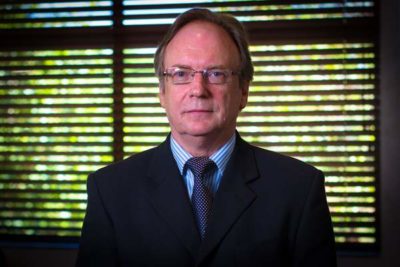
John Cockayne, who is hosting our Business of Golf Discussion Series and is the originator of the series’ content, has had an eclectic career in golf.
He is a Founder and Life member of the PGA of South Africa and is no stranger to working inside the ropes having held operational roles as a head professional, director of golf, club manager, coaching director and as a tournament official on the Sunshine Circuit.
John is also a very experienced event manager, has had extensive marketing experience, worked as a project consultant on three continents and has developed and run a travel agency and two tour operator businesses.
This background has resulted in his being the first point of contact for ARC’s (Association of Residential Communities) 50 plus member golf estates in the Southern Africa region.
John’s business experience in tandem with his writing skills – he has written for numerous publications and is currently the golf editor with or a contributor to Destination Golf Travel, GolfVistaSA, Estate Living magazine and GolfWeather.com – makes him perfectly placed to identify the right story and host the appropriate industry professional to help to cover the topic.
John Cockayne, CEO: The Business of Golf
Email: cathco@mweb.co.za

